The Fascination of the Unknown
This year’s special exhibition Terribly Beautiful 2.0
– Monstrosities in Art is dedicated to sinister beings, demons and hybrid creatures down several centuries.
“Apart from the only surviving portrait of Vlad Ţepeş, also known as Vlad the Impaler, and Peter Paul Rubens’ famous Head of Medusa, the star of the exhibition is the small, delicate and yet incredibly lively sculpture carved from a single piece of wood by Hans Leinberger: the Ambraser Tödlein.”
Veronika Sandbichler, Director Ambras Castle Innsbruck
The Beautiful and the Beastly
What does the terrifying Head of Medusa have to do with the beautiful corals from the depths of the sea? And although they have largely been forgotten today, where do the fantastic hybrid creatures come from whose bodies are both human and animal? Their shapes make us shudder; yet at the same time we admire the beauty of their artistic expression and execution.
Our perception of mythical figures and mysterious lore changes constantly and our interpretations of them evolve accordingly. Even today, genres such as crime, thrillers, fantasy and horror still captivate us with suspense and morbid thrills. Marvel at the sight of devils, Medusa, griffons and the stories behind them on a tour of Ambras Upper Castle. Admire fantastic paintings, precious items made of gold and rare natural objects as you wander through the rooms.
Mythological
Figures
Classical mythology boasts an abundance of terrifying figures and strange creatures but also heroes.
![[Translate to English:] Herkules im Kampf mit der Hydra](/fileadmin/_processed_/1/8/csm_Koralle_KK_1319_1_a7df41ca1c.jpg)
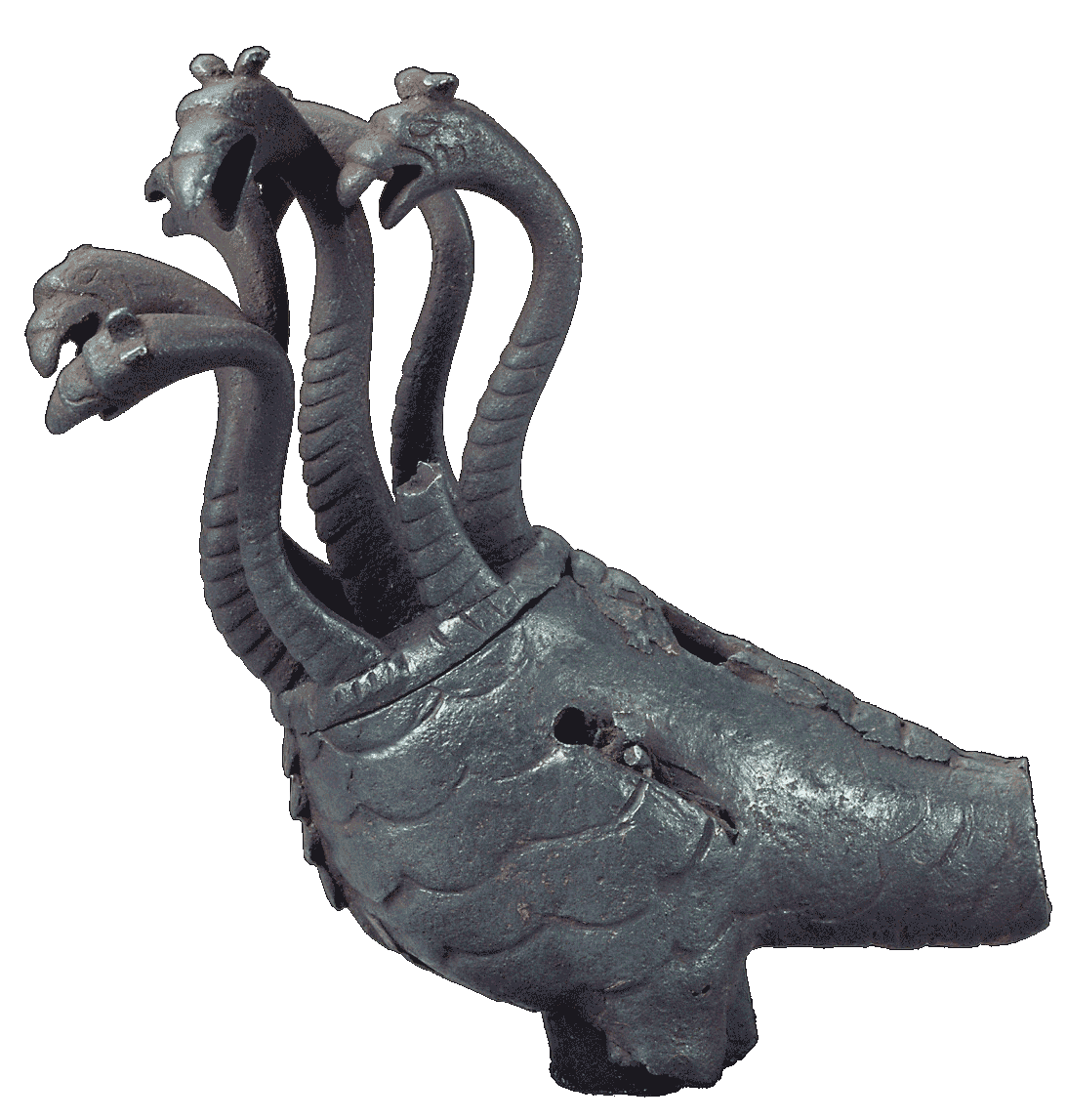
Wondrous
Creatures
Fabulous and hybrid creatures have fired our imagination since the days of antiquity. They combine the body parts of real humans and animals such as eagles, lions or snakes and are known as griffins, satyrs, unicorns, dragons and phoenixes.

The Nuremberg Chronicle by Hartmann Schedel printed in Nuremberg in 1493 was the first to include “fabulous creatures” in the index. Often, contradictory character traits are ascribed to these creatures. Thus, while the unicorn was believed to be a symbol of faith, its weapon-like horn meant it was also seen as wild and violent or as a symbol of arrogance.
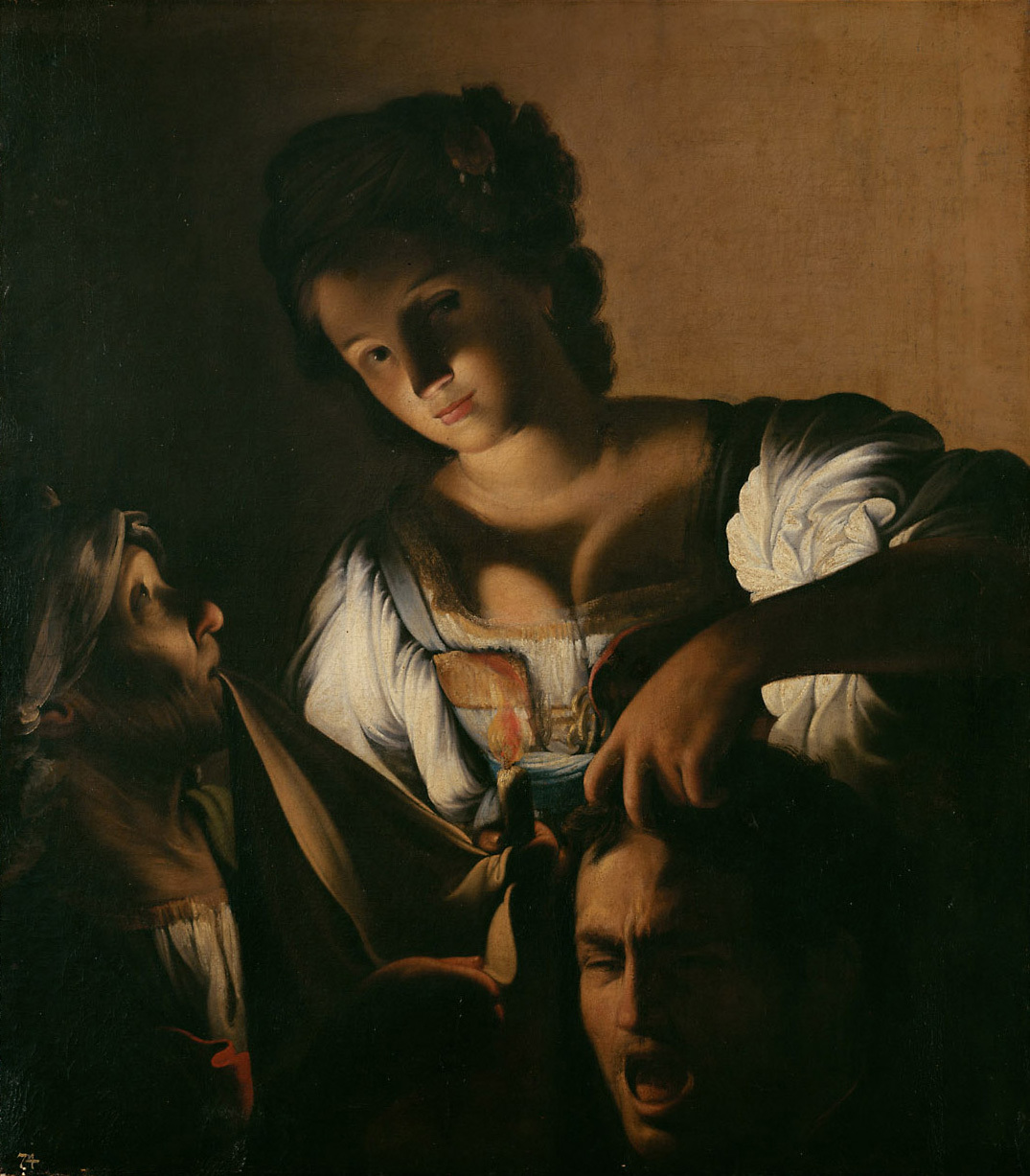
Kunsthistorisches Museum Vienna, Picture Gallery, Inv.-Nr. 41

Biblical Characters
In the bible, the cruel fates of enemy protagonists or the suffering of the saints as they were martyred often fill us with horror.
Whereas the Archangel Michael and St. George both defeat the devil in the form of a dragon, others lose their heads: The Assyrian general Holofernes falls foul of the erotic wiles of the Jewish woman Judith who decapitates him. Especially spine-chilling are the frightening visions from the Apocalypse of St. John, which for centuries provided inspiration for artists such as Dürer.
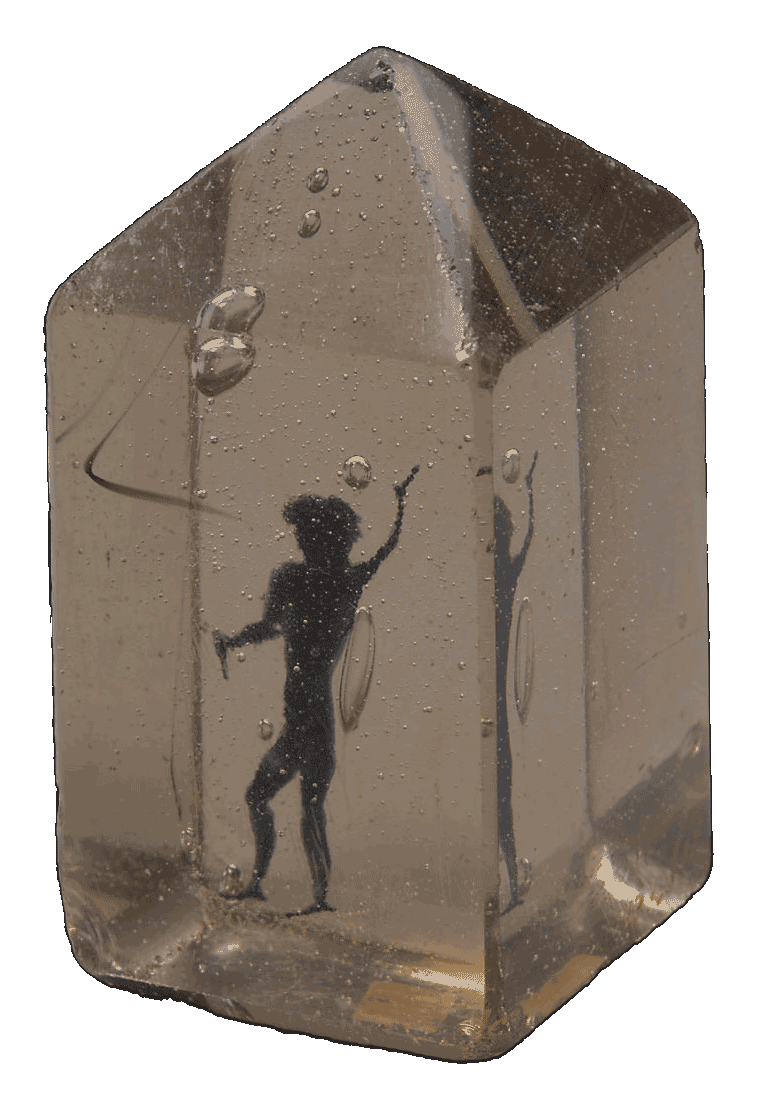
Devils and Demons
Based on ancient pagan ideas, new and native evil forces were established: The satyr with its pointed ears eventually evolved into the figurative representation of the devil.
Masks allowed people to assume not only the shape, but also the nature of gods, demons and devils, thus gaining ritual power themselves. The faces of these masks were grotesque, distorted and designed with strong colours and in many cases decorated with genuine animal hair and horns to emphasise how fearful they are. A diabolical spectacle had found a stage.
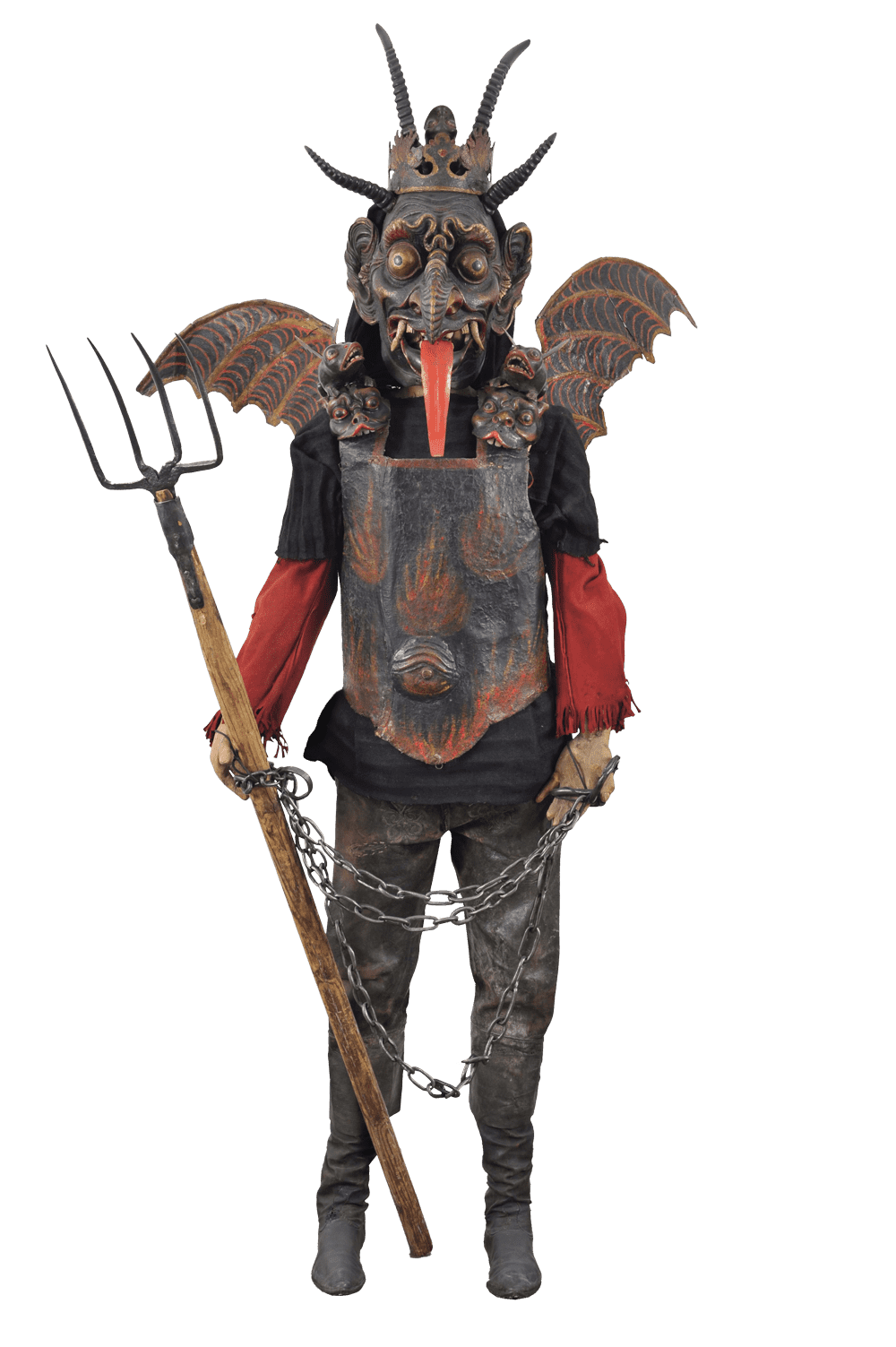

However, accounts of such incidents were only rarely based on eyewitness reports, and were more often the result of targeted propaganda. The portrait of Gregor Baci shows the outcome of a spectacular jousting accident in which he was gored through the head by a lance that pierced his right eye. Allegedly, he survived the injury for over a year. Is this really possible?
True Stories
Quintessential human urges such as love and passion, envy, jealousy, calculation and the desire to hold on to power are just a few of the reasons for acts of violence and bloodshed in history.

The Terror of Death
Nowadays associated with horror and fear and very often commercialised, in the late middle ages, a familiar image full of meaning: the figure of Death in the form of a human skeleton.
The small figurine of death, the “Tödlein” shows clear signs of decomposition and yet is still full of life and activity. When the beholder is aware of the transitoriness of their own earthly existence, death becomes a familiar and ever-present sight. Memento mori – remember that you will die.
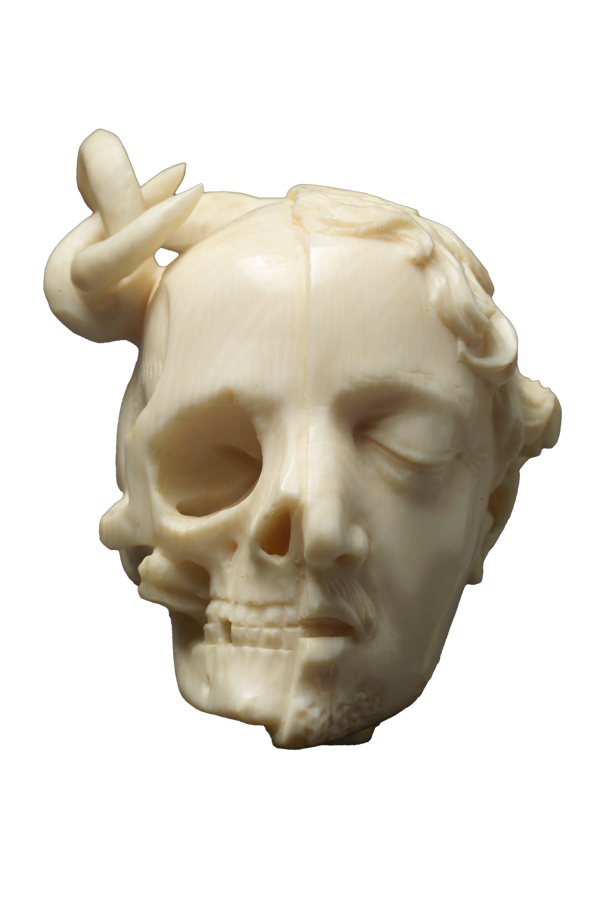
Programme
| »Terribly Beautiful«: Guided tour through the special exhibition (in German) | daily at 2.30 p.m. Ticket |
| Guided tours for groups | on request |
| Children’s tour (in German) | On Saturdays, 24 Jun.; 15 Jul.; 26 Aug.; 16 Sep.; 07 Oct. 2023, 2.30 p.m. |
| »Von Fledermäusen und Vampiren« mit Anton Vorauer (in German) | 31 Oct. 2023, 2 p.m. |
| »Schauriges aus der griechischen Mythologie«: Erzählabend mit Michael Köhlmeier (in German) | 13 Sep. 2023, 6.30 p.m. |
| Curator's Choice | on request |
| Audio Guide | Deutsch // English |
Guided tours – information & reservation:
Kunstvermittlung Schloss Ambras Innsbruck
+43 1 525 24 – 4804
kunstvermittlung@schlossambras-innsbruck.at
Admission Price
| Adults: | € 16 |
| Concessions: | € 12 |
| Children & teens under the age of 19: | free of charge |
| Guided tour through the special exhibition: | € 6 per person plus admission |
| Audio Guide (DE/EN): | € 4 per person plus admission |